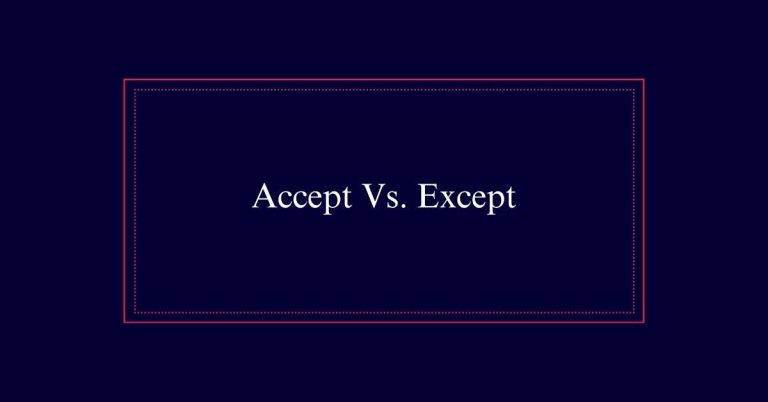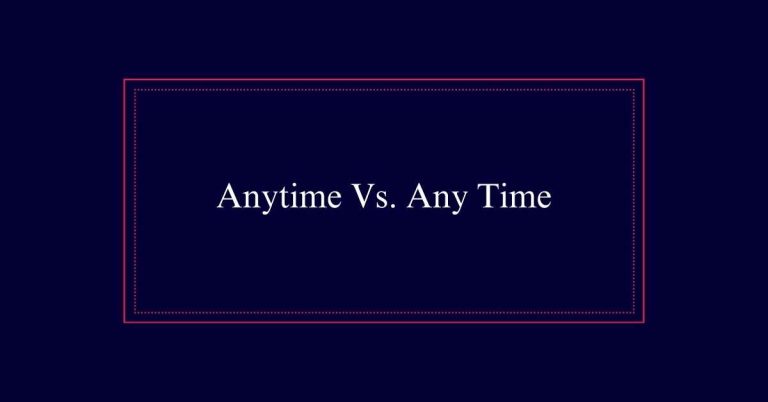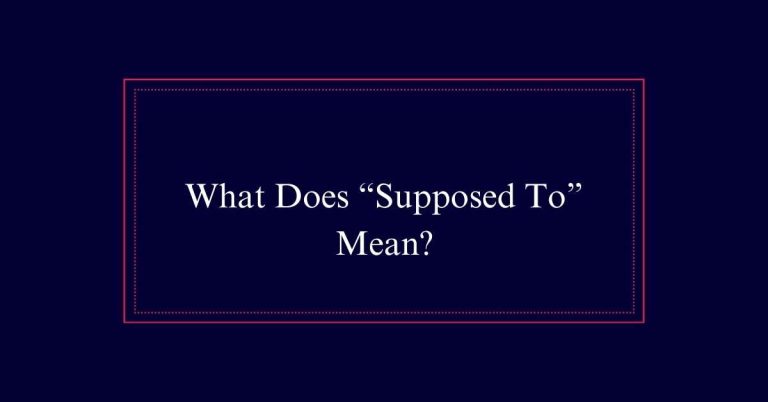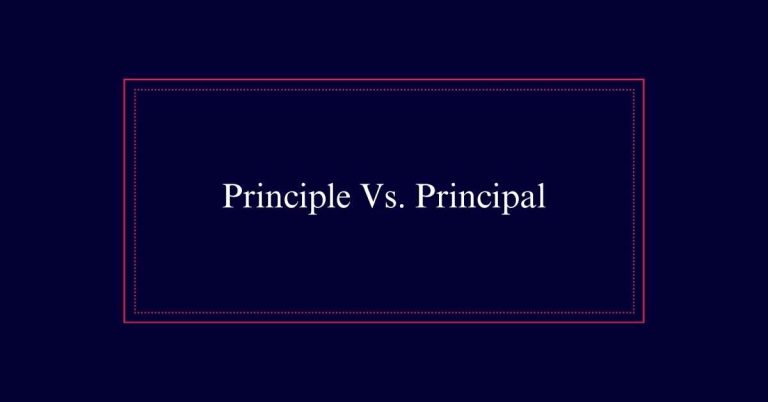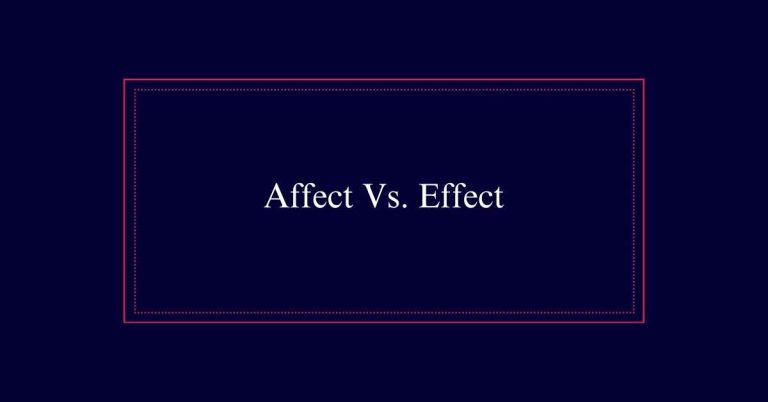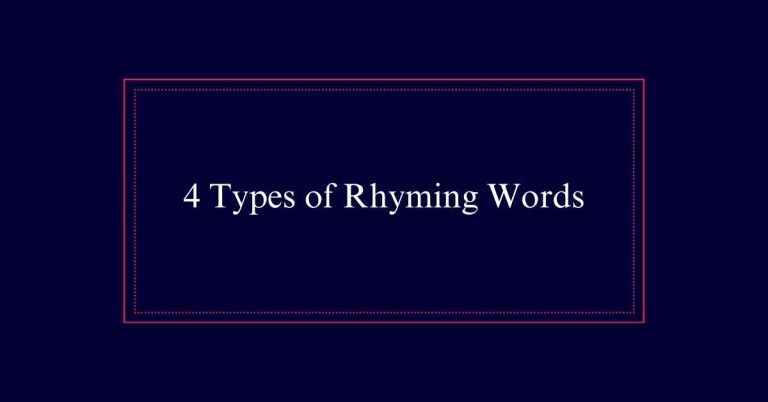Comma Before While
The placement of a comma before ‘while’ depends on its usage. If ‘while’ indicates simultaneous actions, omit the comma: ‘I worked on my laptop while listening to music.’ When ‘while’ signals contrast or comparison, use a comma: ‘I like coffee, while she prefers tea.’ Starting a sentence with ‘while’ doesn’t require a comma before it, but if ‘while’ introduces a contrast clause, place a comma after that clause. For example: ‘While he studied hard, he felt unprepared for the exam.’
Simultaneous Actions
When actions occur simultaneously, avoid using a comma before while. This guideline helps guarantee clarity and flow in writing.
For instance, in the sentence ‘I decided to take a nap under my desk while everyone else was in the meeting,’ no comma is needed. The same applies to ‘Let’s order the curtains while they’re still on sale.’ Omitting the comma here indicates that both actions are happening at the same time.
Proper punctuation is crucial for clear communication. Misplacing commas can alter the meaning or disrupt the sentence flow. By following this principle, writers can maintain coherence and precision in their text.
Contrast and Comparison
In writing, use a comma before while to signal contrast or comparison between two ideas. This comma placement helps clarify differences or similarities between the subjects.
For instance, consider the sentence, ‘I prefer chocolate cake, while my sister prefers key lime pie.’ Here, the comma before while indicates a clear contrast between the preferences.
Similarly, ‘The price of eggs is rising, while the price of milk has stayed the same,’ uses a comma to show a comparison between the trends.
Starting Sentences
While using a comma for contrast or comparison is important, understanding how to start sentences with while is equally vital for clear communication.
When while begins a sentence, no comma is needed before it. However, if while implies contrast, place a comma after the clause it introduces. This helps to clearly separate ideas and avoid confusion.
Key points to remember when starting sentences with while:
- No comma before while: ‘While reading, I noticed the errors.’
- Comma after contrast clause: ‘While my friend prefers tea, I like coffee.’
- Avoid ambiguity: Clear punctuation guarantees the sentence’s meaning is understood.
Clarity in Writing
Clear writing is essential for effective communication. Proper punctuation, especially with words like ‘while,’ plays an important role in achieving this clarity. Using a comma correctly can distinguish between simultaneous actions and contrasting ideas.
For example, ‘I read a book while waiting’ implies two actions happening together. In contrast, ‘I enjoy reading books, while my friend prefers movies’ highlights a difference. Misplacing commas can lead to confusion or misinterpretation.
Understanding when and how to use commas with ‘while’ guarantees your writing is clear and precise. This attention to detail helps readers understand your message without ambiguity, enhancing the overall quality of your writing.
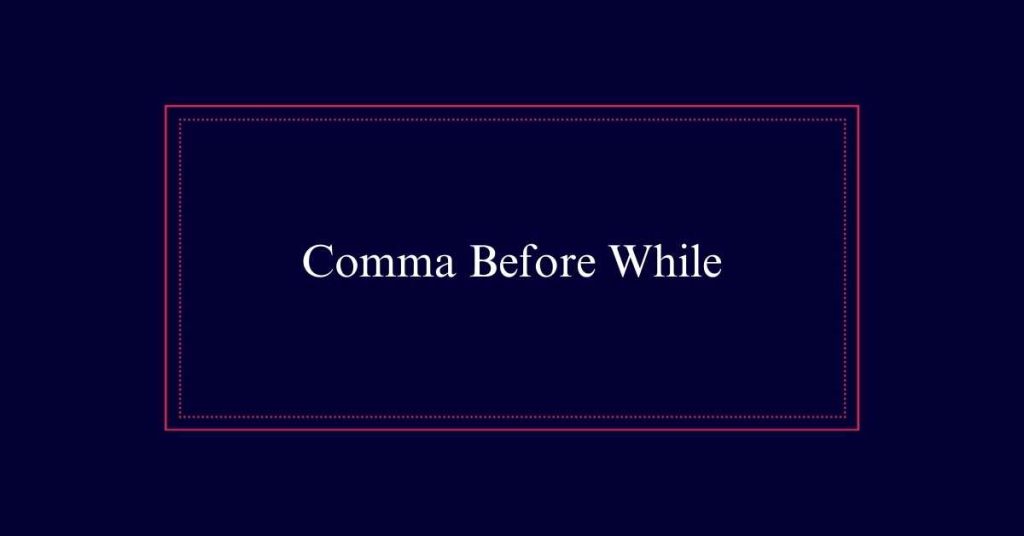
Common Mistakes
Many writers make errors with comma placement before ‘while.’ These mistakes can lead to confusion and disrupt the flow of the text. Here are some common mistakes to watch out for:
- Misplacing the comma: Writers often place a comma before ‘while’ when describing simultaneous actions, which is incorrect.
- Omitting the comma for contrast: When ‘while’ is used to show contrast or comparison, neglecting the comma can make the sentence unclear.
- Inconsistency: Frequent changes in comma usage with ‘while’ can confuse readers and weaken the writing.
Examples Without Comma
Understanding common mistakes helps us to correctly identify when a comma is unnecessary before ‘while’ in sentences that describe simultaneous actions.
For instance, in the sentence, ‘I decided to take a nap under my desk while everyone else was in the meeting,’ no comma is needed because both actions are happening at the same time.
Another example is, ‘Let’s order the curtains while they’re still on sale.’ Here, the action of ordering is happening concurrently with the sale.
These examples demonstrate that a comma is not required when ‘while’ connects actions occurring simultaneously. Proper usage enhances clarity and guarantees that the intended meaning is conveyed accurately.
Examples With Comma
To illustrate proper comma usage with ‘while’ for contrast or comparison, consider the sentence, ‘I prefer chocolate cake, while my sister prefers key lime pie.’ This comma usage highlights the contrast between preferences.
Here are three more examples:
- ‘The price of eggs is rising, while the price of milk has stayed the same.’
- ‘He enjoys morning runs, while she prefers evening walks.’
- ‘Our team won the game, while their team struggled throughout.’
In each case, the comma before ‘while’ signals a contrast or comparison. This helps the reader understand the relationship between the two clauses. Proper punctuation ensures clear communication and avoids confusion. Therefore, using a comma before ‘while’ in these contexts is essential for clarity.
Consistent Usage
Consistent usage of commas with ‘while’ is essential for maintaining clarity in writing. When ‘while’ indicates simultaneous actions, no comma is needed. For example, ‘I worked on my project while she cooked dinner.’
However, when ‘while’ introduces contrast or comparison, a comma is required. An example is, ‘I enjoy hiking, while my friend prefers swimming.’
Additionally, when ‘while’ starts a sentence, no comma is needed before it. If ‘while’ implies contrast, place a comma after the introductory clause. For instance, ‘While I prefer coffee, my colleague likes tea.’
Proper punctuation with ‘while’ ensures clear communication and prevents misunderstandings. Consistency in comma usage not only enhances readability but also improves the overall quality of writing.
Frequently Asked Questions
When Should I Use a Comma Before “While”?
You should use a comma before “while” when it is used as a conjunction to connect two independent clauses.
What is the Difference Between “Awhile” and “A While”?
The “difference between awhile and while” is that “awhile” is an adverb meaning “for a short time,” while “a while” means “a period of time.
Can While Be Replaced With Other Conjunctions?
Yes, while can often be replaced with other conjunctions like “as” for simultaneous actions or “whereas” for contrast. Each choice depends on the specific meaning you wish to convey within your sentence.
Are There Exceptions to Using a Comma Before While?
There are exceptions to using a comma before ‘while.’ When ‘while’ indicates simultaneous actions, no comma is needed. However, when it shows contrast or comparison, a comma is necessary to guarantee clarity and proper punctuation.

